We at the typesofchicken.com team try to find as much useful information about keeping chickens as possible and we give our best to share it and combine our opinions with you.
This process depends a lot on the time we spend in research.
During our research, we have found many interesting facts about chickens that may or may not be directly connected with keeping chickens but are good to know. This is why we decided to share with you 40 Facts You Might Not Know About Chickens.
Let’s start, and hope you will enjoy!
1. Chicken is not able to taste sweetness.
This is because chicken don’t have any sweet receptors on their tongues.
They can only taste saltiness and bitterness, plus of course the five basic tastes: sourness, bitterness, saltiness, umami (savouriness), and sweetness.
2. The name of the dance the rooster performs is Tidbitting.
Researchers have found that females prefer males that often perform tidbitting and have larger, brighter combs on top of their heads.
Tidbiting is referred to as a “multi-modal referential signal” by Professor Chris Evans and Dr. K-lynn Smith, two researchers from Australia. This term refers to the fact that tidbitting is often both vocal and visual, and that its frequency rises with highly valued food.
3. Human body is 60% water while chickens is 75% water
Chickens drink water to stay hydrated, but they also need it to maintain their body temperature. The water in chickens’ bodies helps to cool them down during hot weather, as well as maintain an appropriate temperature when they are cold. The water in chickens’ bodies also helps them digest food and absorb nutrients from the food they eat.
4. When a chicken lays an egg that eggs temperature is 105 degrees Fahrenheit(40 degrees Celsius)
Chickens are amazing! They lay eggs, which are delicious and nutritious. The temperature of the chicken’s egg is 105 degrees Fahrenheit.
5. When stressed, a chicken losses feathers
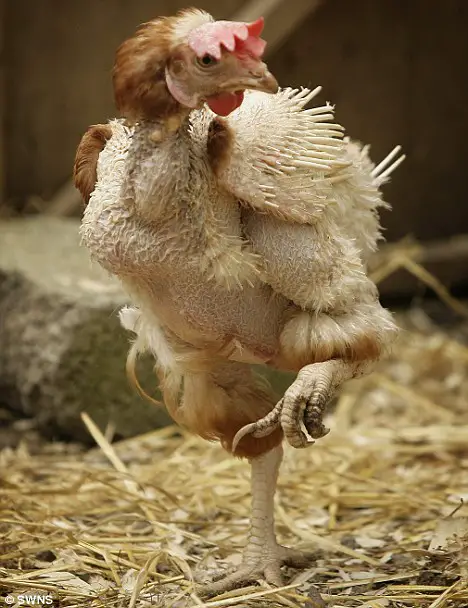
The main reason for this is molting. Molting is the natural process of replacing old feathers with new ones. Chickens tend to molt in the spring and fall, though they can also molt during other times of year if they’re under stress or have a deficiency in nutrients (this is called an “ectoparasite infestation”).
6. If the egg white is cloudy, that means the egg is fresh
The color of the egg yolk is also a very important indicator of the quality of your egg. The color should be bright and vivid, with no discoloration or fading. If you see any brown spots or dark tinges, it’s best to toss that egg out.
7. Chickens can recognize over 100 different faces of humans and animals
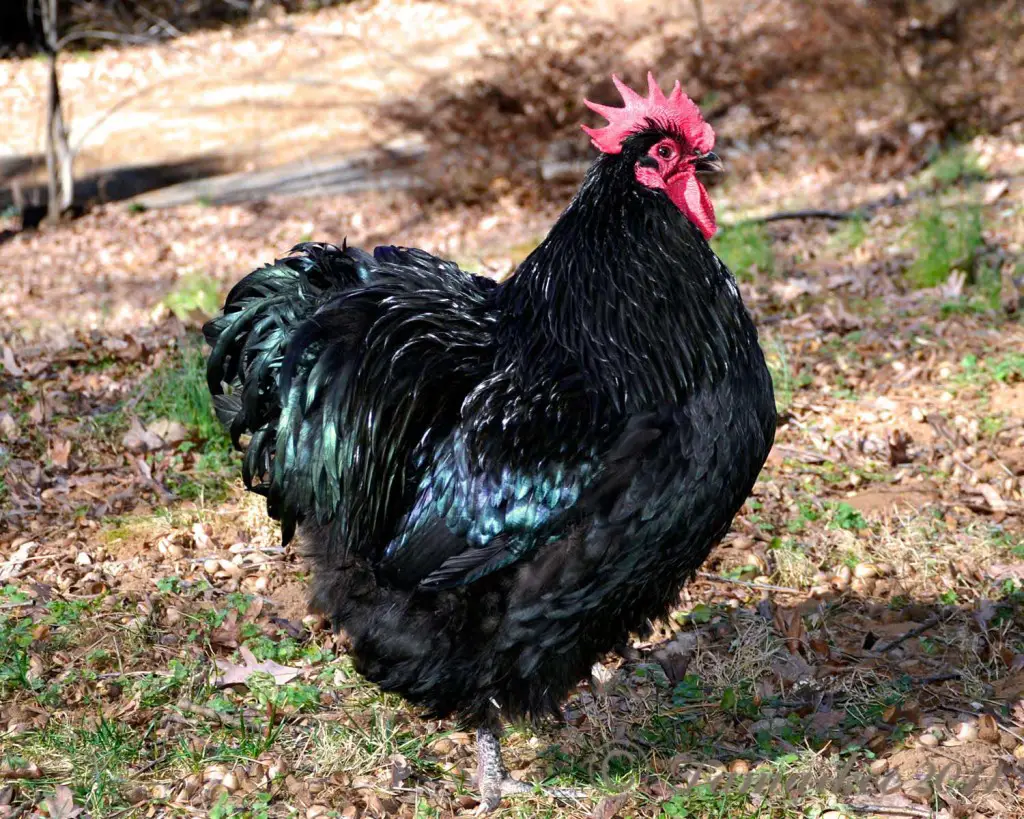
Chickens are incredibly intelligent animals, and they have been known to recognize faces and other animals. In fact, chickens can recognize the faces of their own species and also those of humans.
Chickens are also able to distinguish between different breeds of dogs and cats (learn more: Can Chickens Eat Cat Food?) as well as between other types of animals. This is because chickens have an excellent sense of smell that allows them to recognize other animals by their scent alone.
8. A chicken can survive for a short time without its head
This is stressful to watch, but it’s true.
9. If you are afraid of chickens, you have Alektorophobia.
Alektorophobia is the fear of chickens. It’s a very common phobia and can be caused by many different things.
People who have this phobia usually see the chicken as a predator or something that wants to attack them, even though chickens are usually not aggressive animals. Some people develop this fear after being attacked by a chicken or seeing someone get attacked by one, while others might have had an experience as a child where they were chased by a chicken or had their food stolen by one.
The best way to deal with alektorophobia is to face it head on, without letting yourself get too worked up about it. You can start off by taking baby steps, such as looking at pictures of chickens online before you try and approach one in real life. You can also talk about your fears with other people who have them too!
10. Chicken see and dream in color
They see the world through a filter of red, green, and blue, just like humans do. They also have two cones and one rod in their eyes—the same as humans. This means that chickens see the same range of colors and brightnesses that we do!
Chickens also have some unique vision adaptations for their lifestyle. They can see ultraviolet light, which helps them find food that’s hidden from view by snow or feathers (like insects). They also have an extra eyelid called a nictitating membrane that protects their eyes from getting dust or dirt in them when they’re pecking around for seeds or bugs.
11. A normal and healthy hen can lay more than 300 eggs a year
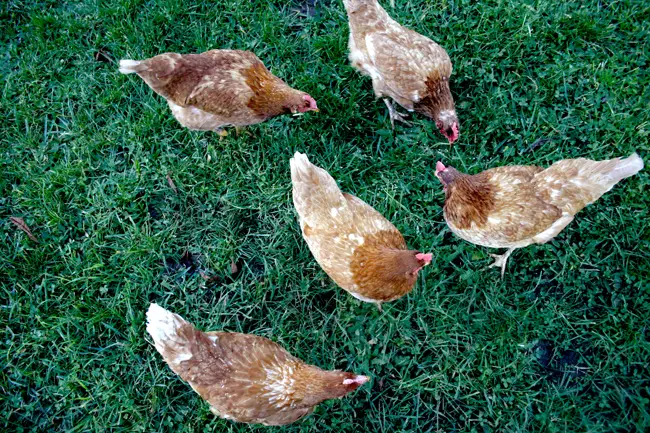
The reason a healthy hen can lay more eggs is because they are getting the nutrition they need to lay more eggs. In the wild, hens only lay one egg at a time because they cannot afford to waste their energy on laying an egg when they need to find food.
But when humans keep hens in a controlled environment and give them plenty of food, they can lay as many eggs as possible.
Learn more about Best Chickens for Texas Humidity
12. Each sound a chicken makes can mean something specific
Some chicken communicates through movement and sound and can warn other chicken about threats such as predators and bad food.
13. Baby chicks starts to develop at 88 degrees Fahrenheit(32 degrees Celsius)
Baby chicks need to be kept at a temperature of 88 degrees Fahrenheit (32 degrees Celsius) to grow properly and stay healthy.
14. The record number in laying eggs in 1 day by a hen is 7.
This is awesome.
15. According to scientists, people started keeping chickens 10.000 years ago.
It’s hard to know for sure, but the earliest evidence of chicken husbandry comes from China. The earliest domesticated chickens were found in China and date back to 10,000 BCE.
16. There are more chickens in the world than people.
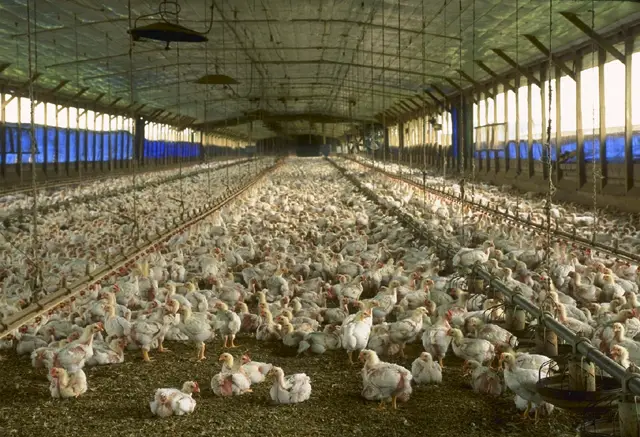
Chickens are one of the most common types of domesticated birds, and they have been around for thousands of years—but did you know they’re also some of the most popular pets?
17. Chickens don’t pee, it is mixed with the poo.
Chickens don’t actually pee (it’s mixed with the poo). They do, however, produce a lot of it. A single chicken can produce around an egg-sized amount of waste every day!
So what do you do? You’ll need to clean out their coop regularly—once or twice per week—to keep the smell down and protect your flock’s health.
18. Who has more bones in their neck: giraffes or chickens?
Did you know that chickens have more bones in their neck than giraffes?
It’s true! In fact, there are 39 bones in the neck of a chicken and only 7 in a giraffe.
19. Chickens can feel pain and stress.
Chickens are more than just meat. They’re tiny, adorable, and they can feel pain and stress.
Chickens are birds of prey, so they have a very sharp sense of smell and hearing. They also have a highly developed nervous system, which means they can feel pain and stress. That’s why it’s important to treat your chickens humanely when you’re raising them.
20. Chickens love to jump and play in the sun.
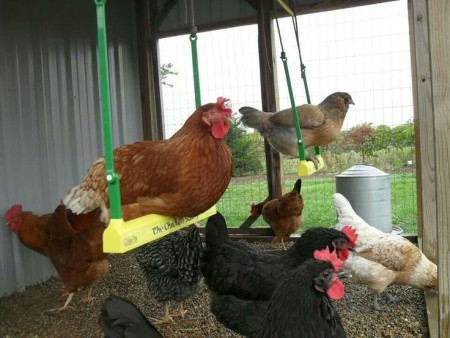
They enjoy a wide variety of toys, from simple things like balls and sticks to more complex toys like puzzles and games.
The key is to make sure your chickens have enough space in their coop for the toys you want them to play with. If there’s not enough room, then they may not get the chance to play with them. It’s also important that your chicken coop is safe and secure so that your chickens don’t get hurt by playing with their toys.
Here are some good types of toys for chickens:
Balls – Chickens love to chase balls! You can buy small ones for them, or even make your own using toilet paper rolls or paper towel tubes.
Sticks – Chickens will enjoy gnawing on sticks, so feel free to give them as many as they want! Just make sure they’re not poisonous if they’re wild-growing trees like oak or maple trees.
Chickens can also remember and recognize their toys after playing with them few times.
21. Hens have exhibited mathematical reasoning.
A new study reveals that hens are capable of mathematical reasoning.
Researchers at the Centre for Mind/Brain Sciences at the University of Trento and the Department of General Psychology at the University of Padova found that hens can count and make inferences about quantities, according to a press release from The University of Trento.
22. The quality of the chicken coop affects the behavior of the chicken.
The quality of your chicken coop affects the behavior of your chickens in several ways. If you have an old and rundown coop, it might be difficult for them to move around or find places to perch. The flooring might not be clean enough for them to walk on comfortably, and they might get sick if they have no place to sleep at night or during inclement weather.
A good chicken coop will provide plenty of space for your chickens to roam around freely and get fresh air whenever they want it—which is important because they’re social animals who enjoy being with other chickens!
23. Every backyard flock of chickens has a leader.
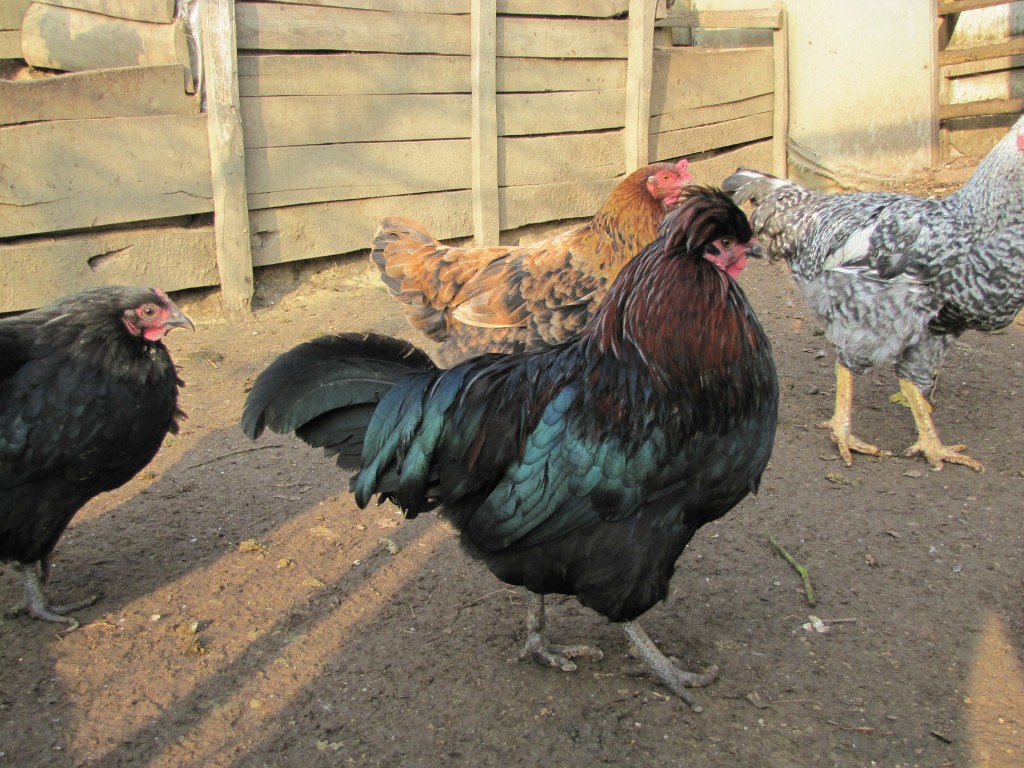
What is an alpha hen?
An alpha hen is a chicken who has been accepted by the other chickens in the flock as their leader. In a group of chickens, there will be one or two hens who lead the rest of the flock. These are called alpha hens.
These are not always the biggest and strongest hens, but rather the ones who are able to establish themselves as leaders in some way—by being aggressive, for example, or by being bossy and assertive. If you have more than one alpha hen in your flock, they will fight each other for dominance over the others in the group. This can cause injuries among them and even death if they’re unable to resolve their differences peacefully!
If you want to get rid of an alpha hen because she’s causing problems with her dominance behavior (like pecking at another hen), then it’s best to remove her from your flock and let her live out her life elsewhere without any other chickens around for company or protection from predators like hawks or foxes which might attack them if left alone outside without protection from humans nearby to protect them from danger.
24. Chickens origins come from tropical rainforests.
Chickens are one of the most popular and versatile animals in the world. Their origins come from tropical rainforests, where they were first domesticated as many as 10,000 years ago.
They have been used for food, companionship, and even religious purposes throughout history. They are a key part of many cultures around the world, including those in South America, Europe, and Asia.
25. Chickens are the closest living relative to the famous dinosaur Tyrannosaurus Rex.
Chickens have been around for thousands of years, and they’ve changed a lot since then. In fact, chickens are so old that they’re actually the closest living relative to T. rex!
Chickens deserve to be treated with a little more respect in light of new evidence about their terrifying ancestry.
26. Hens are known to talk to their unborn chicks.
Also, hens are known for their ability to teach their chicks to adapt to their environment. Hens are known to talk to their unborn chicks, which is the first sign that they’re going to be the best moms.
27. The oldest chicken was 22 years old and its name is Muffy.
Muffy was the name given to the chicken who holds the record for the longest life span of any chicken in history; she lived to the ripe old age of 22 before passing away in 2011.
This is an extreme example of a situation in which the owner supplied the chicken with excellent care, which enabled the bird to flourish for nearly three times as long as a chicken’s typical lifetime.
28. Chicken mourn their dead.
They do this in a very touching, human way: they gather around the body of their fallen comrade and cluck quietly. They will continue to do this for several hours after the death, until they are sure that their friend has passed on and is no longer suffering. Wait, what?
29. The heart of a chicken can beat more than 400 times a minute.
Did you know the heart of a chicken can beat more than 400 times a minute? It’s true! And if you think about it, that’s pretty fast for an animal that’s not even as big as your hand.
The chicken is actually an amazing little creature. They’re very smart and social, and they can fly over long distances with their wings. They can also live for up to 10 years—which means that if you take care of them well, they’ll be part of your family for quite some time!
30. Some scientists say that the first chickens were kept for cockfighting, not food.
If you’re thinking about raising chickens, you might want to consider the history of the chicken.
Some scientists say that the first chickens were kept for cockfighting, not food. In fact, it wasn’t until much later that people started keeping chickens for their meat.
Chickens were kept for cockfighting because they are very aggressive and strong animals. They can fight for hours without getting tired or injured.
31. There are hundreds of different chicken breeds around the world.
Some of these breeds have been around for centuries, while others have only been around for a few decades.
If you’re thinking about raising chickens, you may be wondering what type of breed would be best for your situation. There are many factors to consider when choosing a breed, including the climate in which you live, the amount of space available in your backyard, and whether or not you plan on selling eggs or meat from your flock.
32. Chick->Pullet->Hen
When a female chicken is born, it is called a chick. It grows into a pullet—a young hen that has not yet reached maturity and can’t lay eggs—and when it actually gains the ability to lay eggs, it becomes a hen.
33. Earlobes indicates the color of the egg
The color of your chicken’s earlobes will tell you what color eggs they will lay. If your chicken has white earlobes, then she will only lay white eggs for the rest of her life. If she has red or pink colored lobes, then she may lay both white and brown eggs, but the odds are higher that she’ll produce brown ones.
34. Don’t throw your eggshells.
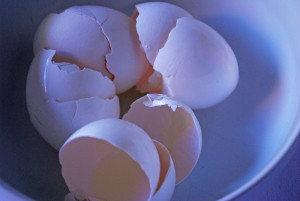
I used to throw away eggshells with the rest of the trash, but now I’m finding more and more uses for them.
If you have a garden, you can use them as mulch around your plants to keep moisture in and weeds out. You can also use them for composting! If you don’t have a garden but you do have pets or small children, you can still use them as mulch around their play area.
You can also put them in your compost bin if you have one. If not, just place the shells on top of your soil in your garden or around your houseplants. It will break down over time and add nutrients back into the soil so that plants can grow strong.
35. The record number of egg yolks found in an egg is 9.
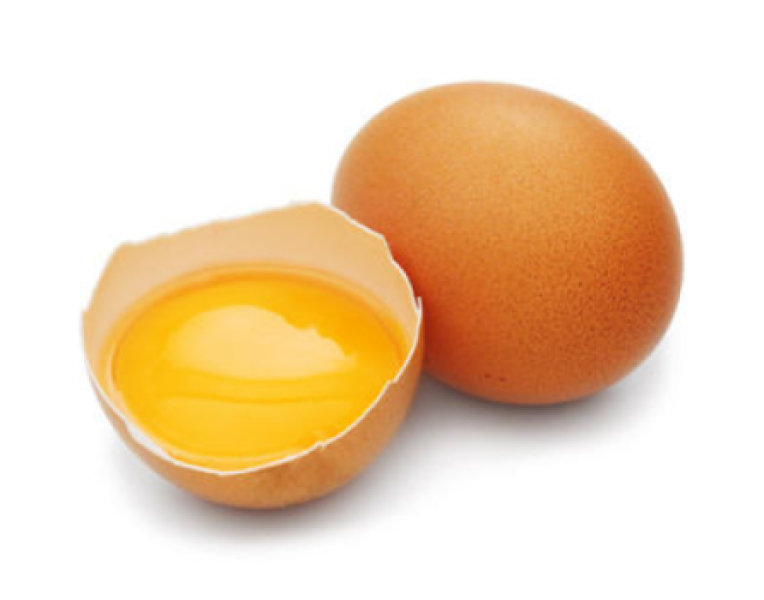
We found the record number of egg yolks in an egg!
The record number of egg yolks found in an egg is 9. That’s a lot of yolks!
36. Hens turns her egg around 50 times a day.
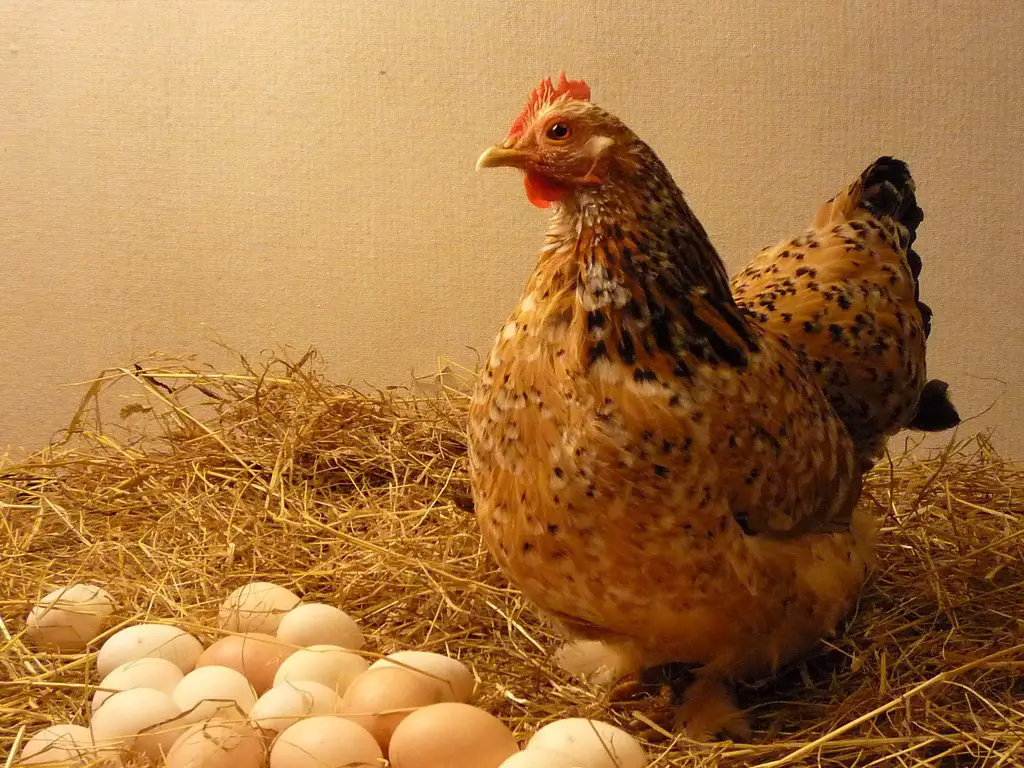
I had always assumed that they had a constant buoyancy. Every day brings with it the opportunity to acquire new knowledge.
37. There is a myth that chickens can change genders.
It is possible for a female chicken to take on the exterior traits of a male chicken, a condition known as sex reversal. This may happen in chickens. (There have been no reports of spontaneous gender reassignment from male to female up to this point.)
38. As the hen gets older, the number of the eggs she lays gets smaller
Around the time that they are 30 weeks old, most laying hens will have reached their maximum level of production for the first year of their lives. The initial eggs will probably be on the smaller side, but their size should continue to grow over time. Egg count will steadily decrease, but egg size will become more uniform as your chickens become older.
39. Hens eat their own raw eggs if they are not satisfied with their diet.
If a chicken does not get enough calcium in their diet, they may start eating their eggs.
In order to make up for the lack of calcium in its diet, a chicken will eat egg shells as a supplement. Chickens have been expected to consume their own eggs after uncovering them by accident. A chicken has a far better chance of cracking an egg if there is a lot of competition for space in the coop.
40. A chicken beak can bleed.
Because the beak of a chicken possesses an unexpectedly large number of blood vessels, if the beak is damaged, the chicken may bleed quite a little more than usual.
Conclusion
We look forward to seeing what you will share as well. If any one of the facts we shared were surprising, then it’s our hope that you’ll share them with your friends and family so they can be surprised too. An informed public is a happy public, after all, and we want you to be happy!


I really enjoyed this .I hope to read more.
My favourite chickens name was Muffy. I thought I was being original. She was like a sister to me..